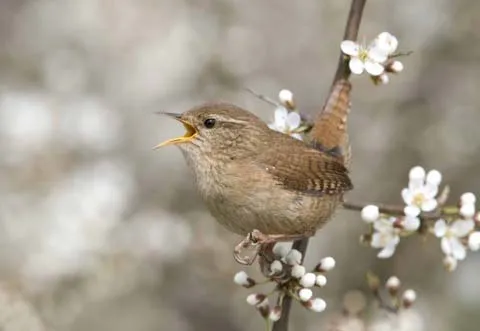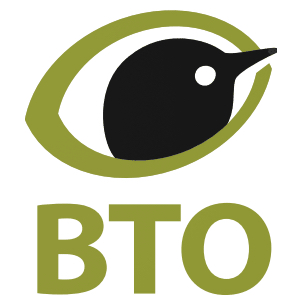Find out why the wren has been described as ‘king’ and was persecuted for betraying the Irish.
The wren is a familiar but fleeting sight in our gardens, flitting beneath the undergrowth in search of insects.
This small, brown bird is shrouded in folklore and has been celebrated by everyone, from philosopher Aristotle to poet William Blake.
King of the birds
Aristotle referred to the wren as ‘king’ in his writings. An odd choice, you might think, but over 2000 years ago, the wren made a name for itself in an ancient tale about a competition to decide which species was the king of all the birds.
Depending on which version of the tale you read, the wren won, either through cunning or cheating, but its regal status is reflected in many languages today.
The bird was still revered in William Blake’s time. His couplet, ‘He who shall hurt the little wren, shall never be beloved by men,’ refers to the fact that for hundreds of years the wren was protected.
Many superstitions surrounded harming the wren including, my personal favourite, that whoever tried to steal its eggs or chicks would find their hands shrivelled up and their house struck by lightning.
The day of the wren
In the 17th century, the superstition surrounding harming the wren changed slightly, allowing people to hunt it one day of the year.
The origin of the custom varied but one day a year around Christmas villagers in certain areas of the UK and Ireland would kill a wren and parade it from house to house, while seeking rewards.
In Ireland it was believed that a wren had betrayed the Irish to their enemies and therefore need to be punished.
The custom is still practiced in parts of western Ireland, though with empty cages or effigies rather than real birds.
Winter territory
Nowadays the wren has the cold season to fear the most rather than poachers.
They are extremely susceptible to severe weather and can lose up to 10 per cent of their body weight in a night trying to stay warm.
One way they survive is by having good winter territories. If it has access to good food sources and roosting sites it will increasing its chances of survival.
Despite being antisocial birds, wrens deal with heat loss by gathering in communal roosts at dusk during winter.
The most remarkable roost ever recorded was in Norfolk where 61 wrens were all found in a fairly small nest box.
These communal roosts appear to be initiated by the male as the roost is sourced in his territory.
However, as spring approaches the resident male will favour females over males in the hope of mating with them during the breeding season.
A helping hand
While wrens generally don’t use feeding stations, when the weather is particularly severe they will be tempted by high energy foods such as fat cakes.
You can also scatter small cake crumbs or cheese around the bases of bushes so that they don’t have to come out from cover to feed.

© Chris Knights/BTO
How to spot a wren
You’re more likely to hear a wren than see it. They have a surprisingly loud song which is well-structured and consists of a series of clear, but shrill notes. They also have a familiar scolding alarm call consisting of a rapid chittering.
If you do see a wren, you’ll recognise it by its tiny size, brown body and the fact that it often holds its short, stubby tail erect.
When seen close, it has a long bill and pale-coloured line above the eye.
You may mistake it for a goldcrest, but the wren is much stockier and heavier.
The British Trust of Ornithology (BTO) works in partnership with over 40,000 volunteer birdwatchers to chart the fortunes of UK birds.
Among the surveys that we coordinate is our popular Garden BirdWatch, the largest year-round survey of garden birds in the world.
Each month we highlight a bird for you to look out for in your garden.
For more information about Garden BirdWatch or to speak to the Garden Ecology Team please email gbw@bto.org
Main image: John Harding/BTO
